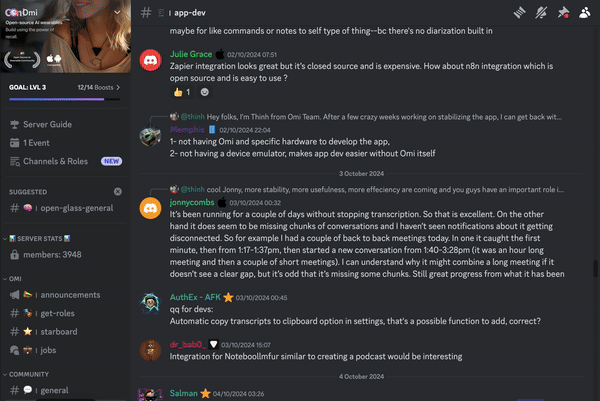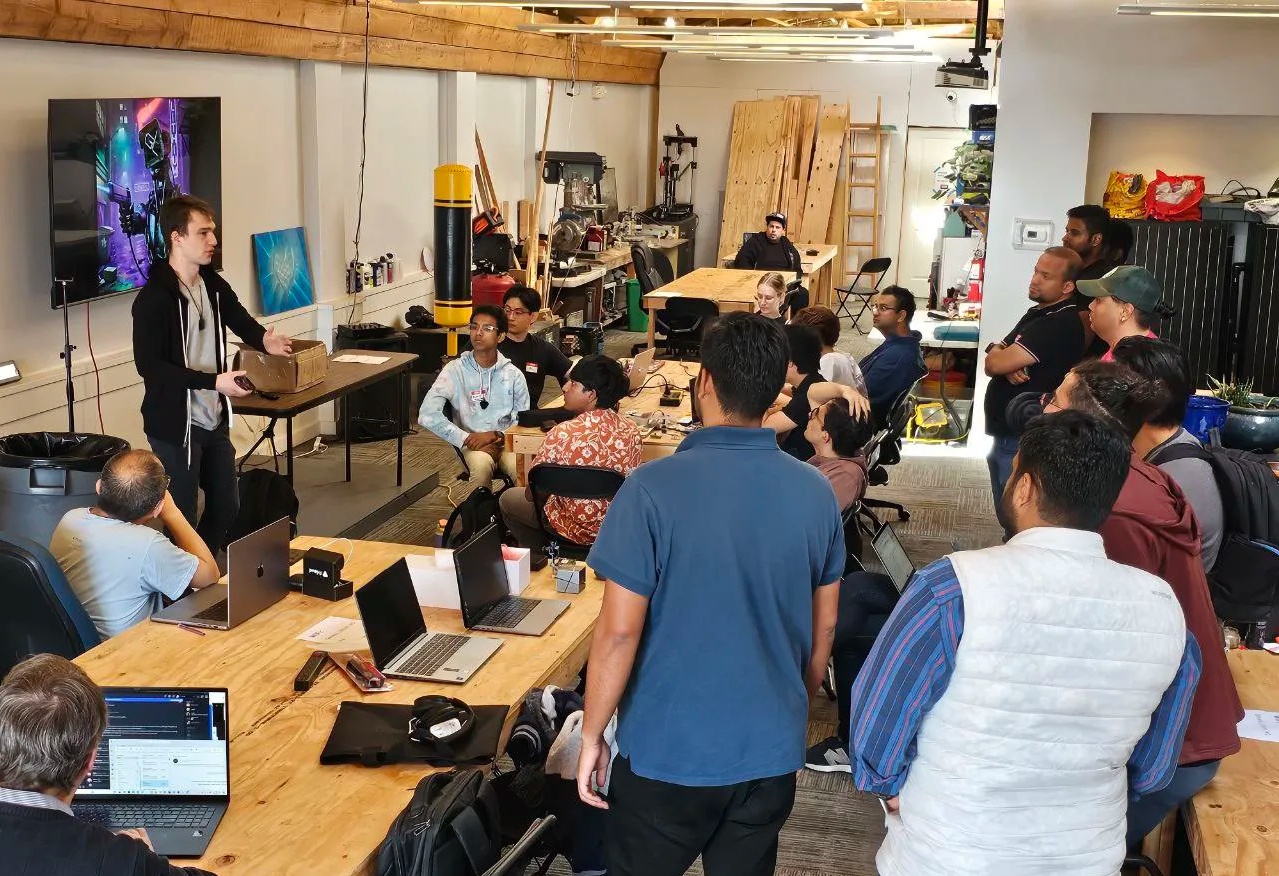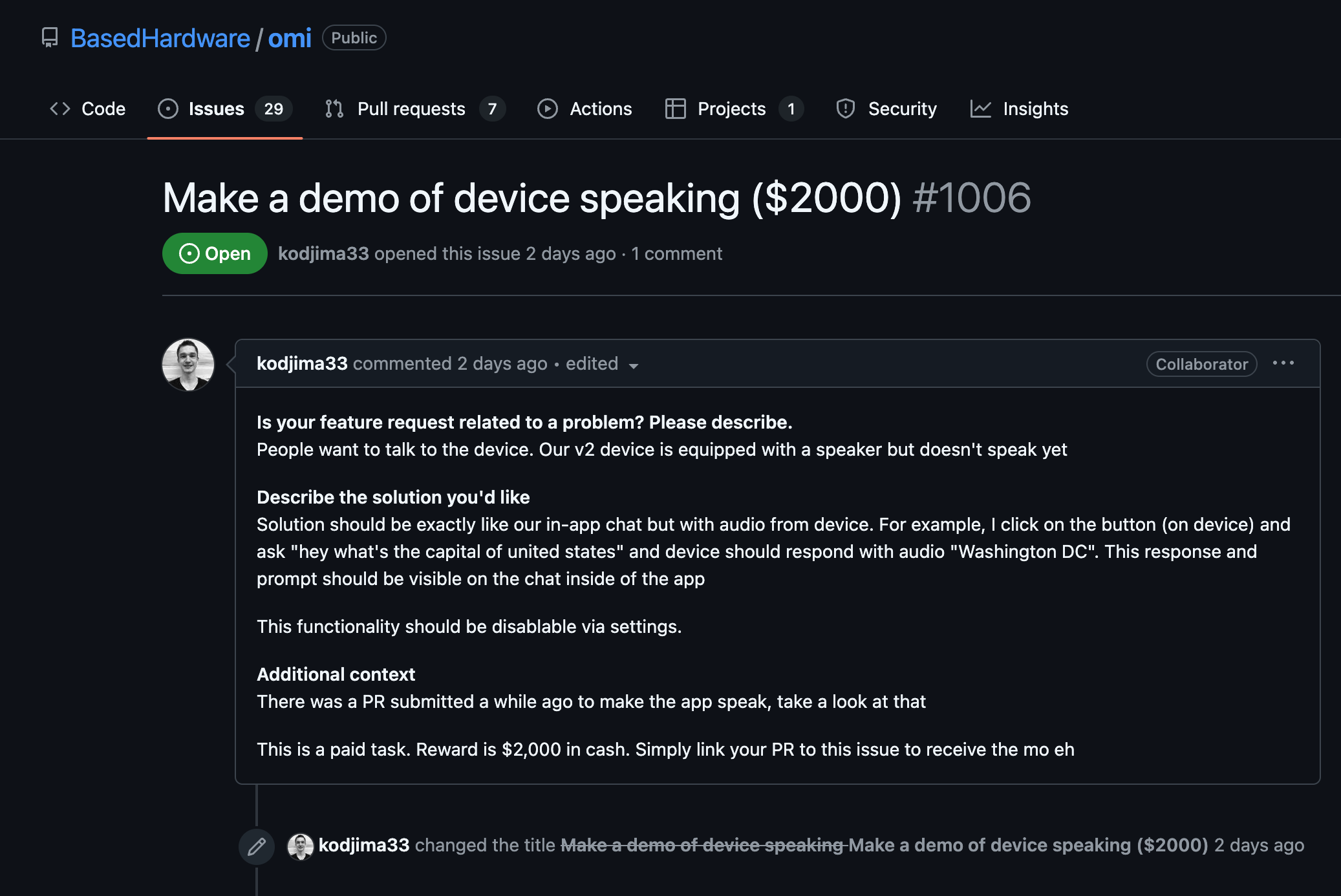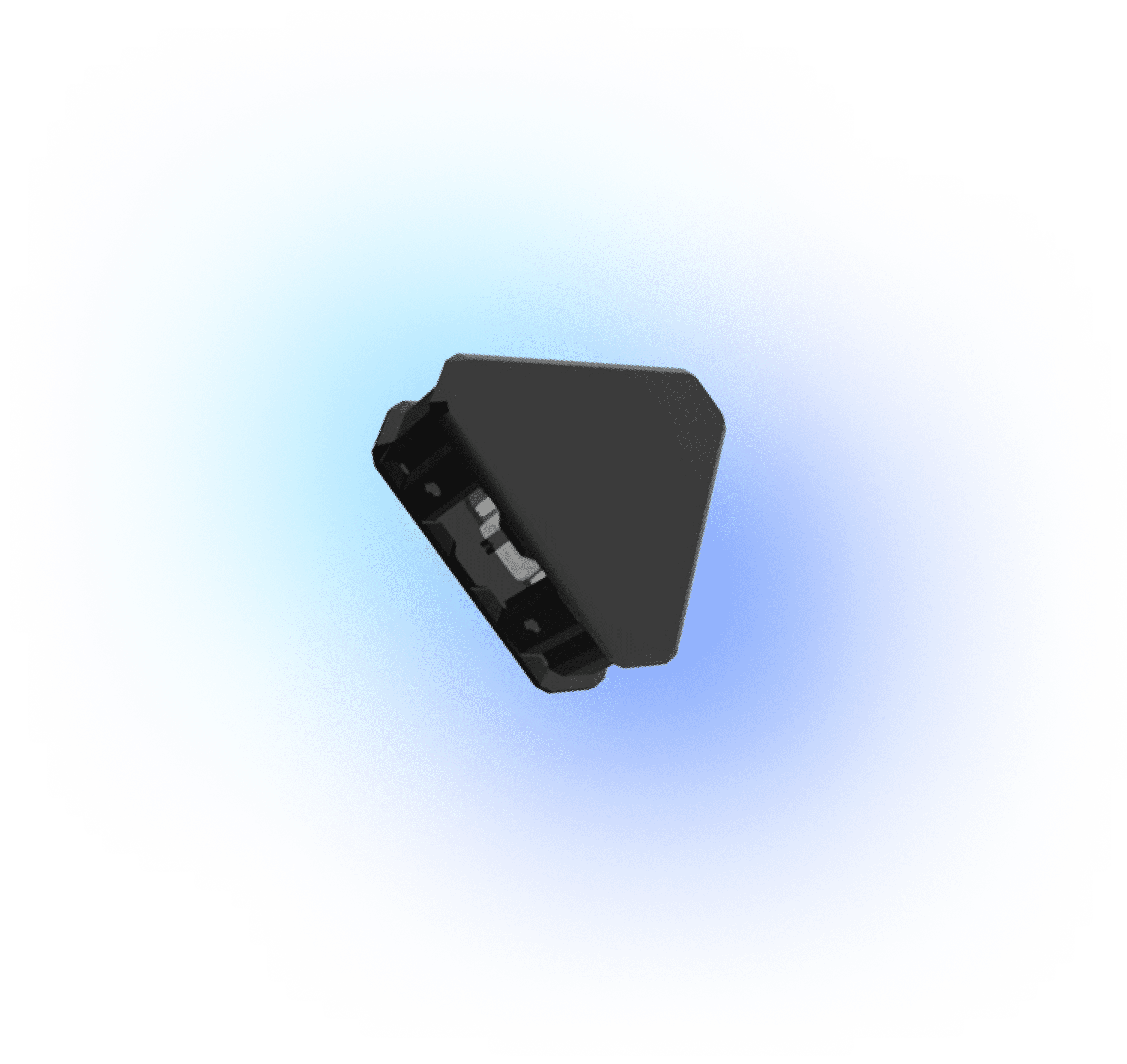Ensure Proper Permissions
- Using the AWS Management Console or CLI, ensure that your IAM user or role has appropriate permissions. Specifically, they should have permissions for actions such as `rekognition:RecognizeCelebrities`, `rekognition:DetectLabels`, and any other specific functionality of Amazon Rekognition that you intend to use.
- For a programmatic access setup, attach the `AmazonRekognitionFullAccess` policy directly or fine-tune the permissions according to your needs.
Install Boto3
- Boto3 is the AWS SDK for Python, which allows you to interact with AWS services, including Amazon Rekognition. Make sure it is installed in your environment.
pip install boto3
Configure the AWS SDK
- Ensure your AWS credentials `(~/.aws/credentials)` and configuration `(~/.aws/config)` are properly set up. These typically require an AWS Access Key ID and Secret Access Key.
- Alternatively, configure programmatically within your Python script as shown below:
import boto3
session = boto3.Session(
aws_access_key_id='YOUR_ACCESS_KEY',
aws_secret_access_key='YOUR_SECRET_KEY',
region_name='YOUR_AWS_REGION'
)
rekognition_client = session.client('rekognition')
Analyze an Image
- Decide on the specific analysis you want to conduct: label detection, facial analysis, or detecting unsafe content, for example.
- The image must be either an S3 object or base64 encoded if in bytes. Below is how you would detect labels in an image stored in S3:
def detect_labels(bucket, photo):
response = rekognition_client.detect_labels(
Image={
'S3Object': {
'Bucket': bucket,
'Name': photo,
},
},
MaxLabels=10
)
print('Detected labels for ' + photo)
for label in response['Labels']:
print(label['Name'] + ' : ' + str(label['Confidence']))
detect_labels('your-bucket-name', 'your-image.jpg')
Handle API Response
- The response from Rekognition contains valuable data such as labels, confidence scores, bounding box information, etc. Parse this information as per your requirements.
- An example of handling a `detect_faces` API response is illustrated below:
def detect_faces(bucket, photo):
response = rekognition_client.detect_faces(
Image={
'S3Object': {
'Bucket': bucket,
'Name': photo,
}
},
Attributes=['ALL']
)
for faceDetail in response['FaceDetails']:
# Access emotion details
print('Emotions:')
for emotion in faceDetail['Emotions']:
print(f"{emotion['Type']} : {emotion['Confidence']}")
detect_faces('your-bucket-name', 'your-image.jpg')
Optimize Image Analysis
- For large-scale applications, ensure efficient handling of images. Consider workflows that involve Amazon S3 events to automatically trigger analyses when images are uploaded, using AWS Lambda if needed.
- Utilize AWS CloudWatch and CloudTrail to monitor and optimize the usage of Rekognition API, ensuring cost-effective scaling.
























